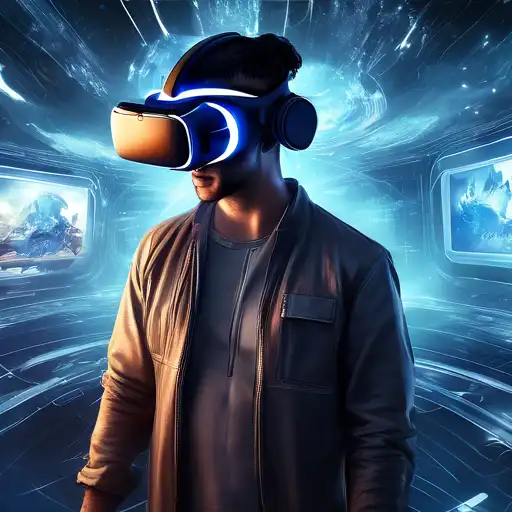Introduction to Virtual Reality
Virtual Reality (VR) has transformed the way we interact with digital content, offering a new dimension of experience that goes beyond traditional screen-based media. By simulating a three-dimensional environment, VR allows users to immerse themselves in a completely virtual world, making it a groundbreaking technology in various sectors.
The Evolution of Virtual Reality
The journey of VR from a futuristic concept to a mainstream technology has been remarkable. Initially developed for gaming, VR has now found applications in education, healthcare, real estate, and more. Its ability to create realistic simulations has opened up endless possibilities for training, entertainment, and therapy.
How Virtual Reality Works
At its core, VR technology relies on a headset that tracks the user's movements and adjusts the virtual environment accordingly. This, combined with high-quality graphics and sound, creates a convincing illusion of being in a different place. Advanced systems also include haptic feedback, enhancing the sense of touch within the virtual world.
Applications of Virtual Reality
- Gaming: VR has revolutionized the gaming industry by offering immersive experiences that were previously unimaginable.
- Education: From virtual field trips to complex scientific simulations, VR is making learning more interactive and engaging.
- Healthcare: Surgeons use VR for training and planning surgeries, while patients benefit from VR therapy for pain management and rehabilitation.
- Real Estate: VR tours allow potential buyers to explore properties remotely, saving time and resources.
The Future of Virtual Reality
As technology advances, VR is expected to become even more realistic and accessible. With the development of wireless headsets and improved haptic feedback, the line between the virtual and real world will continue to blur. Innovations like social VR platforms are also emerging, enabling people to interact in virtual spaces as if they were physically together.
Challenges and Considerations
Despite its potential, VR faces challenges such as high costs, motion sickness, and the need for powerful hardware. However, ongoing research and development are addressing these issues, paving the way for wider adoption.
Conclusion
Virtual Reality is more than just a technological advancement; it's a new way of experiencing the world. As VR continues to evolve, it will undoubtedly unlock new opportunities and redefine our digital interactions. Whether for entertainment, education, or beyond, VR is set to play a pivotal role in shaping the future.
